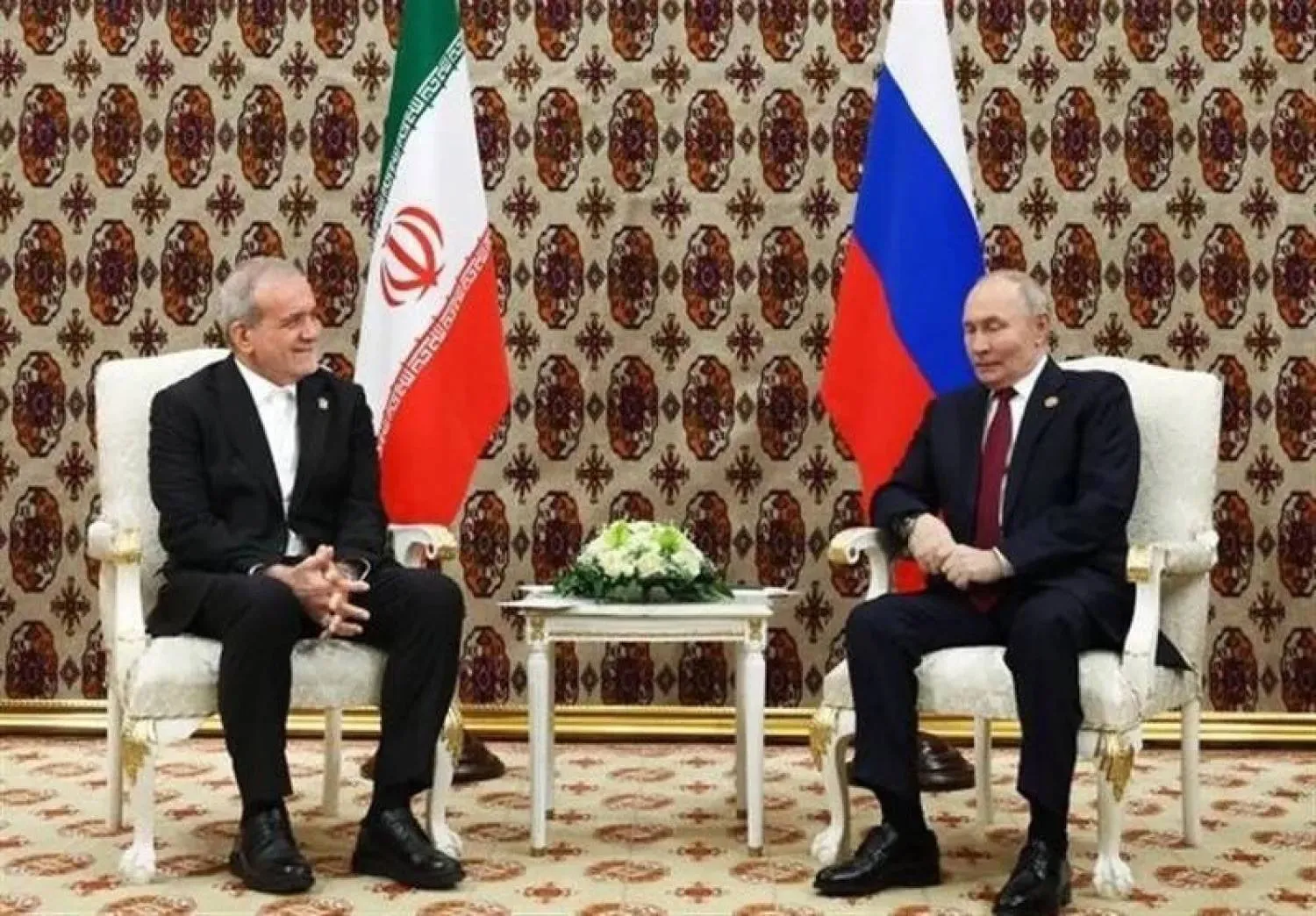Turkey has announced that it will send troops to monitor the ceasefire in Nagorno-Karabakh following the Russian-mediated agreement signed between Azerbaijan and Armenia.
On November 9, Russia, Azerbaijan, and Armenia signed a joint statement on the complete cessation of hostilities in Nagorno-Karabakh.
Turkish Defense Minister Hulusi Akar announced that the armed forces will be sent to the region of Azerbaijan in the shortest period of time.
During his tour to a military industry facility, Akar noted that the decision to send Turkish soldiers to Azerbaijan has been approved by the parliament, which give the green light for a one-year deployment.
“Our preparations are completed …Turkish soldiers will start their duty in Azerbaijan as soon as possible.”
Akar denounced Western accusations to the Azerbaijani army of burning and destroying parts of the region, saying the military was liberating its lands from a 30-year occupation.
He stated that the whole world witnessed as the Armenian army deliberately bombed populated areas in Azerbaijan.
Recent reports revealed that Turkey has transferred dozens of Arab and Turkmen families from areas under its control in northeastern Syria to Karabakh. The families will settle in the areas after the withdrawal of the Armenian forces.
The representative of self-administration in northern and eastern Syria, Sivan Xaburi, said he received confirmed information that the Turkish government was transferring Syrian families to change the demographic composition of the region.
He added that the administration contacted the Kurds, and confirmed that a number of Syrian families had arrived in the region via Turkey.
Xaburi also accused Turkey of changing the demography of Afrin in Syria, which now has less than seven percent of its indigenous population.
Meanwhile, French Trade Minister Franck Riester warned that the European Council will consider imposing restrictions on Turkey during its next meeting following its "unacceptable" behavior in Nagorno-Karabakh.
Riester told "France Inter" radio that the upcoming meeting will discuss increasing the pressure on Turkey.
Russian Foreign Minister Sergei Lavrov was in Armenia on Saturday at the head of a high-ranking delegation.
During a press briefing, Lavrov confirmed that the delegation's meetings focused on ensuring the “accurate and full implementation” of the statement issued by the leaders of Russia, Armenia and Azerbaijan.
Both Russia and Armenia stressed that attempts to discredit this statement are unacceptable, said Lavrov.
Defense Minister Sergey Shoigu said that Russian peacekeeping troops provided safe corridors to all refugees who wish to return to their areas.
“As of today, almost 7,000 citizens have returned, this work continues, and I am sure that everyone who would like to return to Nagorno-Karabakh will be able to do so.”
Shoigu held a meeting with his Armenian counterpart Vagharshak Harutyunyan in Yerevan to discuss the main priorities of the peacekeeping operation in Nagorno-Karabakh.
Harutyunyan highly appreciated the actions of the Russian peacekeepers to restore peace in the region.
"The ceasefire is being observed. Frankly, for this conflict, which has such a history and such a geography, forces were deployed so quickly and so effectively.”









